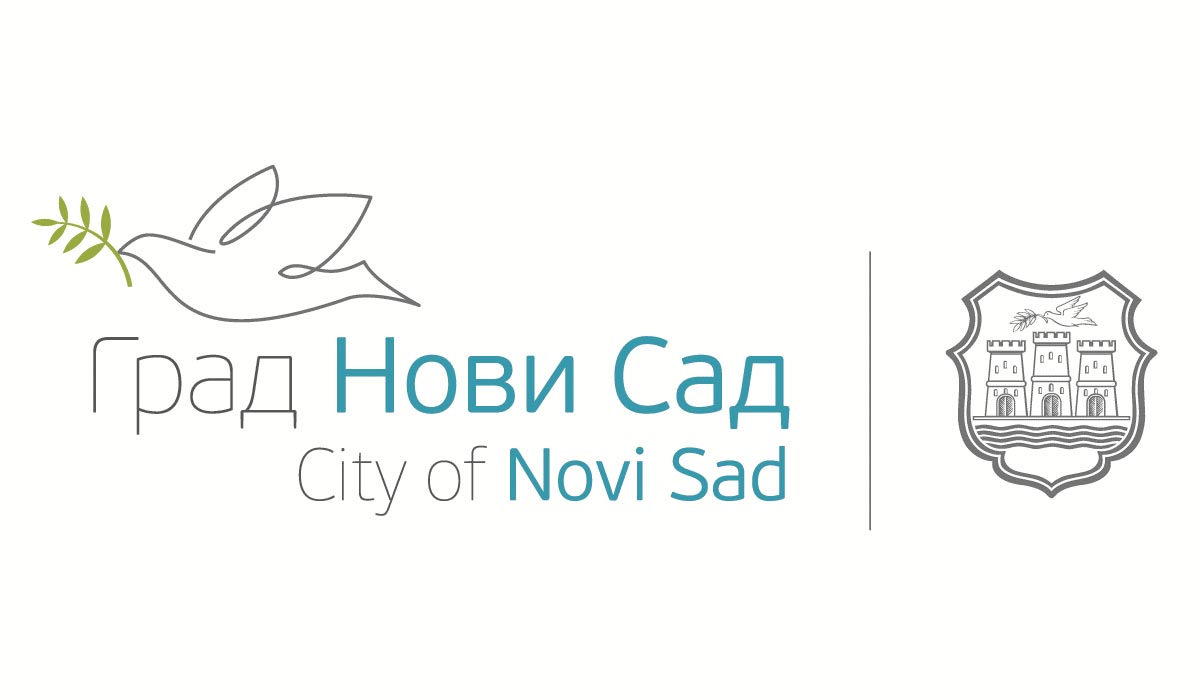ON THE USAGE OF ANIMAL BONES AND ANTLER DURING THE MIDDLE AGES (9th - 13th century)
DOI:
https://doi.org/10.19090/i.2012.23.51-61Keywords:
bone, antler, technology, archaeological findings, Middle AgesAbstract
The processing and production of the bone and antler objects could be traced deep into the past. The most beautiful specimens were known as the objects of Paleolithic art, but the tools were also made of these materials. The peak in bone and antler processing was reached during Roman period. During the Middle Ages, mostly utilitarian items were produced especially in the period from the ninth to the thirteenth century.
From the chemistry view, the bones were composed of organic and inorganic substances. The bones had tenacity thanks to minerals, but the organic substances gave them flexibility. The most important organic and inorganic components of the bone tissue weree not chemically bounded, so it was possible to make changes in their ratio by physical or chemical acting. The data about technology and processing of the bone and antler objects that referred to the craft in this period could not be found in the written sources. Reconstruction of the processing could be made on the basis of ethnological data and partly modern industry.
The bone and antler objects are usually classified in two main groups: tools, essentials in everyday life, and decorative objects made by more skillful craftsmen. The further classifying is done on the basis of their shape and function. It is possible to mark off the items: tools, decorative and toilette requisites, game objects, musical instruments and the parts of the horse equipment. This is the most usual classification of the bone and antler objects in literature. Majority of bone and antler objects, modest for processing but with emphasized functionality, were used during everyday jobs such as skin processing, footwear and clothing making, sewing, fisherman nets making, pottery vessels decorating etc. All the necessary items were made in this way in a settlement. Their functionality, simplicity in making and readily available materials were the reflection of that processing. The found bone and antler objects indicated that, in addition to agriculture husbandry and hunting, they had very important place in the medieval economy in the territory of Serbia in the period from the ninth and the thirteenth century. Dealing with the husbandry and hunting made good material basis for the production of bone and antler objects.













